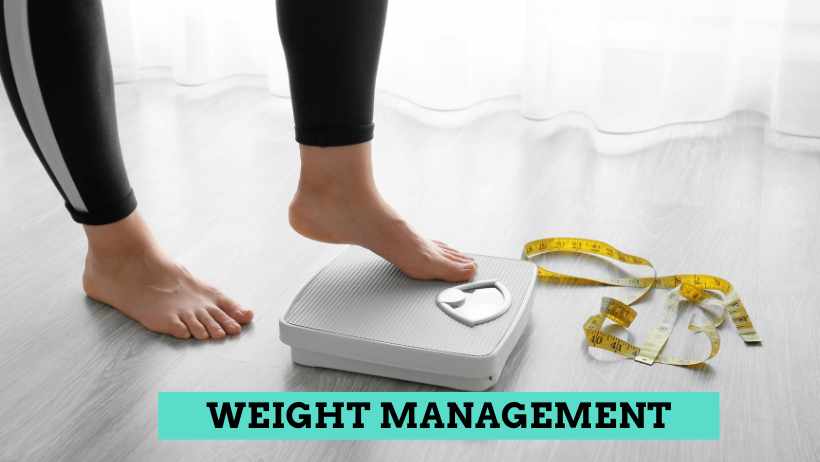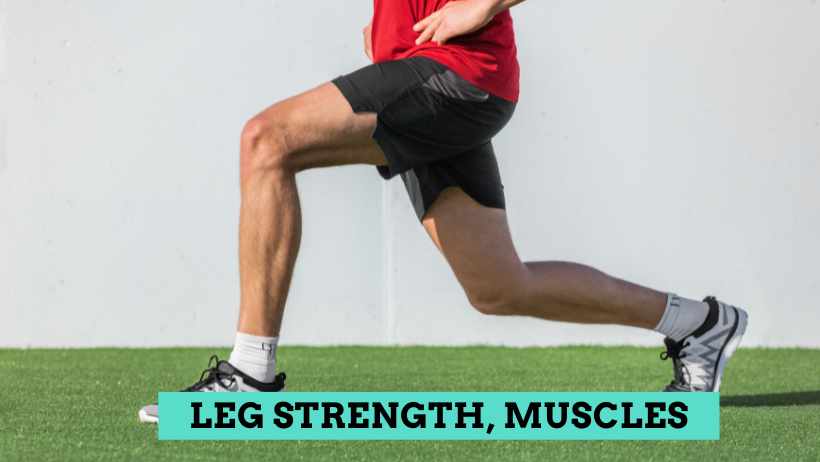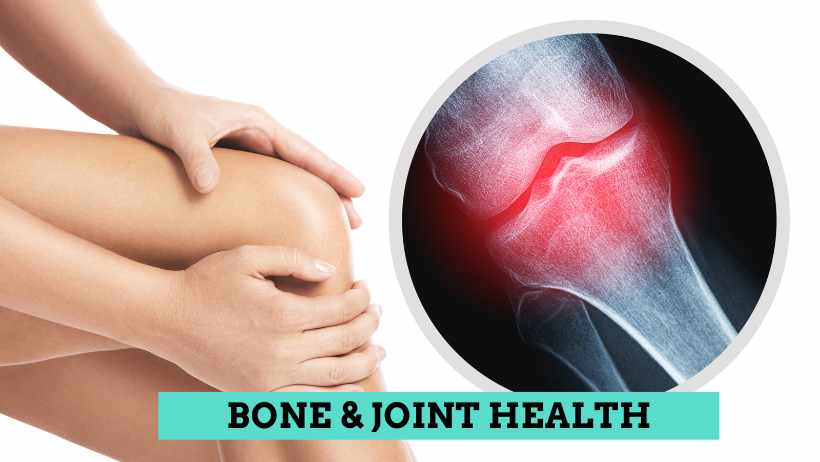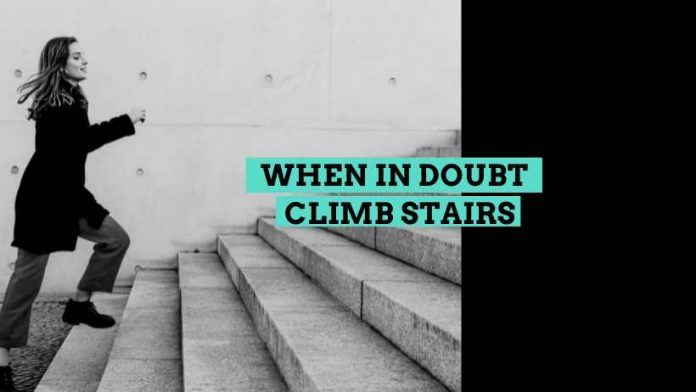If you thought at-home exercises were easy, a few activities would make you feel otherwise. Several at-home workouts demand you to have the appropriate equipment to achieve the desired effect, making it impossible to perform all movements. If there is one exercise that will help you achieve a whole-body workout without needing any fitness equipment, then stair climbing tops the list. Strengthening muscles requires a few minutes and keeps your heart pumping with cardio moves. Read the blog to learn about the top 10 benefits of climbing stairs to incorporate into your everyday activities and stay healthy.
Why Stair Climbing Is Gaining Popularity as A Form of Exercise in Recent Years?
Stair climbing gained popularity during the Covid lockdown period when people couldn’t hit the gym to lose their excess body fat and to stay fit[1]. They used the stairs in their home[2] to stay healthy and fit for betterment of their mental and physical health. Stair climbing fits the bill perfectly if you need a high-intensity workout that helps you gain speed, build power, and promote cardiovascular fitness.
As the stairs are much steeper, you must put in much effort to complete the flight, leaving you gasping for breath. It is a plyometric workout that makes your muscles exert optimum force within a short time, making them contract and expand rapidly. Consistent climbing stairs lets you perform against gravity, building power and strength.
10 Amazing Benefits of Climbing Stairs
1. Promotes Cardiovascular Health

One of the primary benefits of climbing stairs is that it accelerates your heart rate at a rapid pace to help you increase oxygen intake by breathing faster[3]. So, the level of VO2 max[4] or maximal oxygen uptake is improved, which in turn, promotes your performance ability and cardiovascular fitness. The Medicine & Science in Sports & Exercise performed a study[5] that revealed that climbing stairs for 30 minutes each week was not only beneficial for promoting cardiovascular health but also enhanced longevity. One more study[6] added that one of the key benefits of climbing stairs is that even if performed in short intervals, it can improve cardiorespiratory health.
2. Helps in Weight Management

Though it might look like the apparent benefit, climbing stairs will help you lose weight by burning calories. Harvard Health Publishing[7] states that you will be able to burn calories that are three times quicker when climbing stairs slowly when compared to walking on a flat surface. A 2016 study by BMJ Open Diabetes Research & Care[8] showed that climbing stairs with a 3-minute bout after meals lowered the blood sugar levels in Type 2 Diabetes people. Plus, you will reduce the risk of chronic medical conditions like hypertension, diabetes, and colon cancer while achieving better immunity.
3. Enhances Leg Strength and Muscle Tone

Climbing stairs uses almost every important muscle in your body. During this activity, your calves, hamstrings, quads, and glutes are strengthened to achieve a well-toned lower body. Your legs gain better strength while climbing stairs regularly, which helps you sprint, lift heavy weights, and perform activities like rowing and cycling with optimum athletic performance. As per a study printed in Scandinavian Journal of Medicine and Science [9] showed that climbing stairs promoted endurance gait and balance by enhancing neuromuscular health.
4. Promotes Bone and Joint Health

Your skeletal muscles’ health will improve while you practice sliming stairs daily while the joints regain strength. Climbing the stairs up and down will kindle bone metabolism as your muscles and big joints get stretched. As per the National Institutes of Health Osteoporosis & National Resource Center[10] states that climbing stairs is one of the excellent workouts that you can perform for optimizing bone health. When climbing up the stairs vertically, you will be moving against gravity, putting pressure on the bones and gradually strengthening them.
5. Mood and Mental Well-being

Climbing stairs will help you avoid mood swings, stress, and anxiety. It does so by promoting the release of endorphins, nicknamed happy hormones, to release dopamine[11]. So, you will be free from sore muscles, as it can soothe the pain and make you feel happy and relaxed. With an uplifted mood, performing everyday activities, staying productive, and achieving better mental health is easier[12]. Next time, try climbing stairs while having a bad day at the office to get rid of stress or anxiety and have a better sleep pattern.
6. Convenience and Accessibility
If you are on a budget and don’t wish to spend on gym membership but wish to stay fit, then climbing stairs is the most convenient option. It is easy to perform this stair climbing activity using the flight of stairs at your home, the only inexpensive aerobic workout. Even if there are no stairs at your home, do it at your college or office with open stairwells to stay fit and active.
7. Time Efficiency

If you have a tightly packed work schedule and stepping out for a run or hitting the gym is nearly impossible, climbing stairs is a time-saving workout option. You must spend 15 to 30 minutes climbing the stairs up and down in your apartment building to shed those excess calories without travelling to the park or gym. Investing in gym gear or workout attire is unnecessary, making climbing stairs convenient.
8. Environmental Impact
Climbing stairs is an inexpensive method to reach any floor instead of using escalators and elevators in buildings. As it will help lower the consumption of electricity[13]. Even though most buildings have solar-powered elevators, not using them and taking the stairs will help prevent the depletion of natural resources. Just ask around to know where the stairwells of the shopping mall or multiplex are located to climb stairs to maintain your overall health and save resources at the same time.
9. Social Interaction
Climbing stairs is an excellent workout to achieve cardiovascular fitness and bone health, but did you know it helps you meet new people and make new friends? Yes, you heard it right. When you are climbing the stairs in a vertical position, you will get to meet a lot of people who are climbing up or going down[14]. When you perform climbing stairs activity every day at your apartment, you tend to meet many neighbours. It lets you break the ice and initiate a conversation by exchanging greetings or discussing a minor issue, enhancing your networking skills.
10. Stair climbing improves Cognitive Function and Brain Health

As per a study done by the Department of Psychology, Umea University, Sweden, it was found that stair climbing induces cognitive benefits in the male participants[15]. The study was done on thirty-two undergraduate students aged between 19-21 years, where cognitive performance was assessed after each session. One could take short bouts of stair climbing to increase energy in daily life.
11. No Prior Expertise Required
Stair climbing is a simple exercise that does not require you to get the guidance of a trainer or demand you to have previous experience. An expert fitness expert or an amateur can benefit from climbing stairs, as it is straightforward and practical.
12. Boosts Balance and Coordination
In this study, the researchers have documented the benefits of stair climbing for balance and coordination in seniors. A study conducted on seniors showed that stair climbing improved dynamic balance performance. It contributes to better overall fitness and reduced fall risk. The improvement in balance from regular stair climbing is beneficial for daily life activities. It helps to prevent falls and improve stability. This study shows the importance of stair climbing as a simple, accessible form of exercise with many benefits for balance and coordination. [16]
Who Must Avoid Climbing Stairs?
The following people should avoid climbing stairs, which can create unfavourable effects. Make sure you consult your doctor’s advice before climbing stairs as a regular form of workout.
- Those who have chronic knee or hip problems
- People with acute heart conditions
- People with gait and balance disorders caused by vertigo must avoid climbing stairs to avoid risks like falling or getting injured
- If you have a shaky limb condition, then avoid taking the stairs
- Pregnant ladies with hypertension condition
- Those who have lung diseases might develop breathing issues when climbing stairs
- People with arthritis with joint pain and inflammation
- Elderly people
Top 10 Safety Tips To Follow While Climbing Stairs
- Use Handrails: Use the handrails if you’re wearing heels or the stairs are steep. Handrails are for your safety, and they help you keep balance.
- Avoid Distractions: Don’t use WhatsApp, text, or call. Avoid other activities too that might distract you while taking the stairs.
- Proper Lighting: Make sure that the stairs are well-lit. This will prevent trips or falls.
- Check Your Path: Check for obstacles or spilled liquids. These might cause a slip or trip.
- Appropriate Footwear: Wear shoes that have a firm sole to decrease the chance of slipping.
- Carry Properly: Be extra careful if you are carrying items up the stairs. Make sure you can see where you are stepping.
- Don’t Rush: Don’t rush, or run up the stairs. Take your time and use each step.
- One Step at a Time: Do not skip steps. Always step on each stair.
- Avoid Loose Clothing: Loose clothing often cause trips and falls. Make sure your clothes are manageable.
- Hold Items in One Hand: When you are carrying any items, hold them in one hand and use the other for the handrail.
Summing Up
Now that you have learned the benefits of climbing stairs, it’s time to ditch the elevator. Use the stairwells consistently to achieve excellent results like weight loss, bone strength, and enhanced mood. You needn’t worry if you initially fight for breath after climbing stairs. Gradually, you will know the art of channelling energy while taking the stairs. It is easy on your pocket, only needs a little time, and helps you interact with new people. What more reason do you need to love it? Start climbing stairs today!
References
- Outlook India – https://www.outlookindia.com/outlooktraveller/
- India Today – https://www.indiatoday.in/
- T. James Panicker, Dr. M. Manoj Abraham, Postgraduate, Principal, Professor, Physiotherapy in Orthopaedic and Manual Therapy, Saveetha College of Physiotherapy, Saveetha institute of medical and technical sciences, Chennai, India. – https://ijcrt.org/papers/IJCRT1813678.pdf
- Bacon AP, Carter RE, Ogle EA, Joyner MJ. VO2max trainability and high intensity interval training in humans: a meta-analysis. PLoS ONE. 2013;8(9):e73182. doi:10.1371/journal.pone.0073182 – https://www.verywellfit.com/what-is-vo2-max-3120097
- ALLISON, MARY K.; BAGLOLE, JESSICA H.; MARTIN, BRIAN J.; MACINNIS, MARTIN J.; GURD, BRENDON J.; GIBALA, MARTIN J. – https://journals.lww.com/
- Whittaker, A. C., Eves, F. F., Carroll, D., Roseboom, T. J., Ginty, A. T., & Painter, R. C. (2021). Daily stair climbing is associated with decreased risk for the metabolic syndrome. BMC Public Health, 21. https://doi.org/10.1186/s12889-021-10965-9 – https://www.ncbi.nlm.nih.gov/pmc/articles/PMC8122558/
- Matthew Solan, Executive Editor, Harvard Men’s Health Watch – https://www.health.harvard.edu/staying-healthy/master-the-stairs
- Toyooka Hospital Hidaka Medical Center, Toyooka, Japan – https://drc.bmj.com/content/4/1/e000232
- Institute of Exercise and Health Sciences, University of Basel, Basel, Switzerland. – https://pubmed.ncbi.nlm.nih.gov/24033611/
- National Institute of Arthritis and Musculoskeletal and Skin Diseases – https://www.niams.nih.gov/health-topics/bone-health-and-osteoporosis
- Department of Health Promotion and Behavior (JLG, CCL), University of Georgia, Athens, Georgia – https://www.ncbi.nlm.nih.gov/pmc/articles/PMC8848121/
- Department of Psychology and Brain Health Research Centre, University of Otago, Dunedin, New Zealand – https://www.ncbi.nlm.nih.gov/pmc/articles/PMC6803754/
- School of Life Sciences, Kingston University, Penrhyn Road, Kingston-Upon-Thames Surrey, England. [email protected] – https://pubmed.ncbi.nlm.nih.gov/17894262/
- Agustin Chevez, Adjunct Research Fellow, Centre for Design Innovation Swinburne University Hawthorn Campus John Street Hawthorn, Victoria 3122 Australia – https://global.ctbuh.org/
- Department of Psychology and Brain Health Research Centre, University of Otago, Dunedin, New Zealand – https://www.ncbi.nlm.nih.gov/pmc/articles/PMC6803754/
- Institute of Exercise and Health Sciences, University of Basel, Basel, Switzerland. – https://pubmed.ncbi.nlm.nih.gov/24033611/









